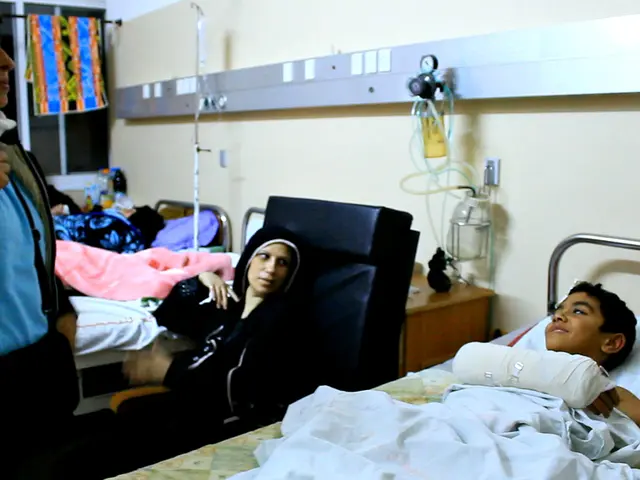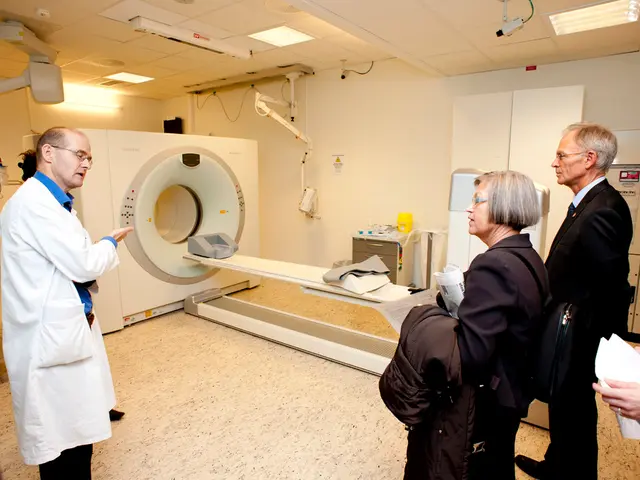Maintaining a clean and sanitary environment is crucial during meal preparation in the kitchen.
In the realm of modern culinary practices, meal prep has emerged as a popular method for cooking in advance, often for several days or for the office. However, maintaining food safety is paramount, especially when it comes to preventing cross-contamination. The Federal Institute for Risk Assessment (BfR) in Germany offers valuable guidelines to ensure a safe and hygienic meal prep experience.
The BfR advises a strict order to prevent cross-contamination, a practice that could potentially transfer germs directly from one food to another. While the specific order for cooking smaller items like desserts, raw vegetables, or salads is not explicitly stated in the BfR's guidelines, it is recommended to cook these items first, as they often do not require heating before consumption.
One of the key aspects of meal prep is thorough cleaning. If the recommended order cannot be followed for organizational reasons, the BfR states that a thorough cleaning of work surfaces, utensils, and hands is required between each step. The BfR does not specify any particular method for washing fruits, vegetables, and fresh herbs, but they do advise that these items should be washed carefully before preparation or consumption, preferably under running drinking water.
Cross-contamination can occur not only during direct contact between foods but also via indirect routes, such as hands, utensils, work surfaces, knives, or other kitchen tools. To mitigate this risk, the BfR recommends separating raw and ready-to-eat foods during storage, and using separate utensils and cutting boards for raw and cooked foods.
Cooking temperatures play a crucial role in maintaining food safety. The BfR advises that meals requiring heating during meal prep should be prepared as most microorganisms will die at temperatures between 70 and 100 degrees Celsius. Raw meat and poultry should not be washed, as this could spread germs even more in the kitchen. Instead, pat them dry with kitchen paper.
To protect against illnesses, not only raw animal products but also raw sprouts and frozen berries should be heated sufficiently before consumption. Both during preparation and reheating, foods should reach at least 70 degrees Celsius for two minutes throughout the entire food.
By adhering to these guidelines, meal prep can be a safe and efficient way to prepare meals in advance. For more specific guidance, referring to the BfR's official publications or website is advisable. General safety guidelines are available from various health organizations and can be applied to meal prep practices.
Remember, cleanliness and hygiene are the cornerstones of safe and enjoyable meal prep. Always wash your hands thoroughly with soap and water before starting meal prep, and ensure all surfaces, utensils, and equipment are cleaned and sanitized regularly.
With these simple steps, you can enjoy the benefits of meal prep while ensuring the safety and quality of your meals. Bon appétit!
- The Federal Institute for Risk Assessment (BfR) in Germany recommends separating raw and ready-to-eat foods during storage, and using separate utensils and cutting boards for raw and cooked foods to prevent cross-contamination.
- To mitigate the risk of cross-contamination, it is advised by the BfR to cook smaller items like desserts, raw vegetables, or salads first, as they often do not require heating before consumption.
- In the context of meal prep, it's crucial to maintain food safety by following cooking temperatures that are sufficient to kill most microorganisms, with meals requiring heating prepared at temperatures between 70 and 100 degrees Celsius.




